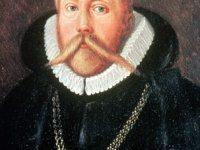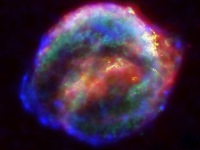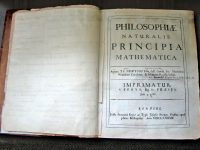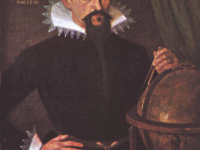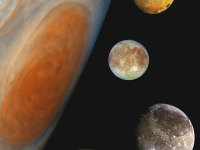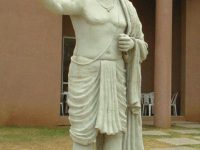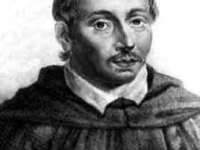Tycho Brahe – The Man with the Golden Nose
On December 14, 1546, Danish nobleman and astronomer Tycho Brahe, known for his accurate and comprehensive astronomical and planetary observations was born. “Non haberi, sed esse.” “Not shine, but be.” – Tycho Brahe’s Election slogan Background Tycho Brahe was born at Knutstorp Castle, Scania, at that time Denmark, into a politically powerful family of noblemen and political advisors. He grew up with his uncle, also a nobleman, who supplied his nephew with a…
Read more

